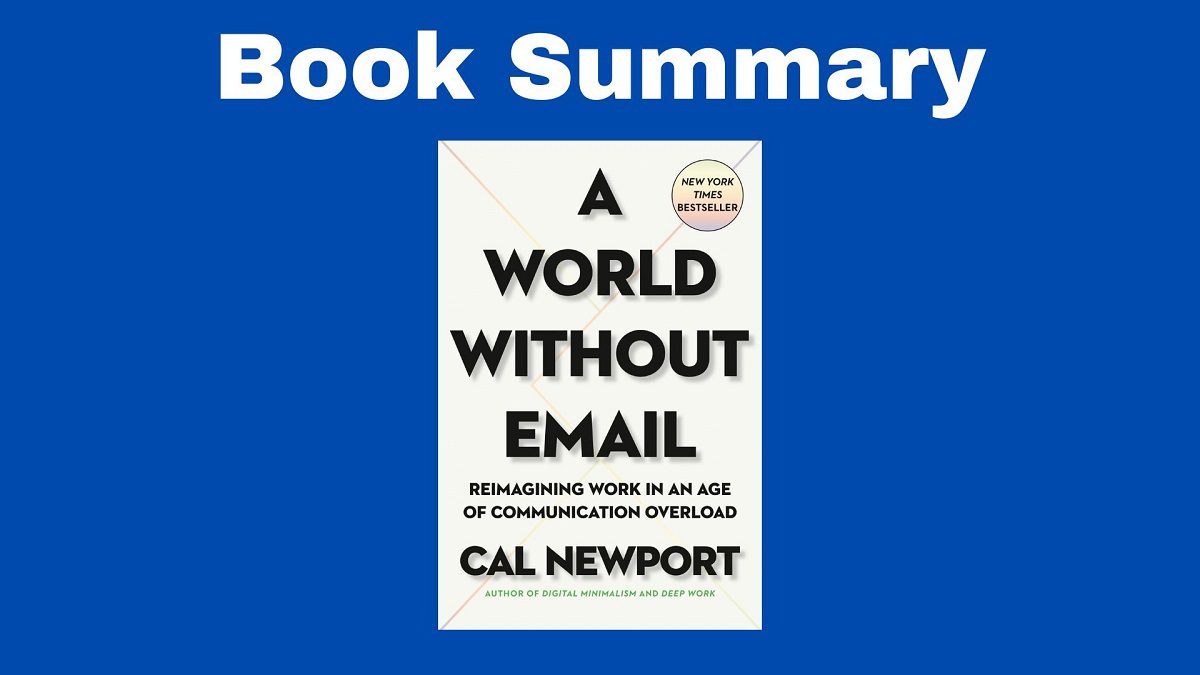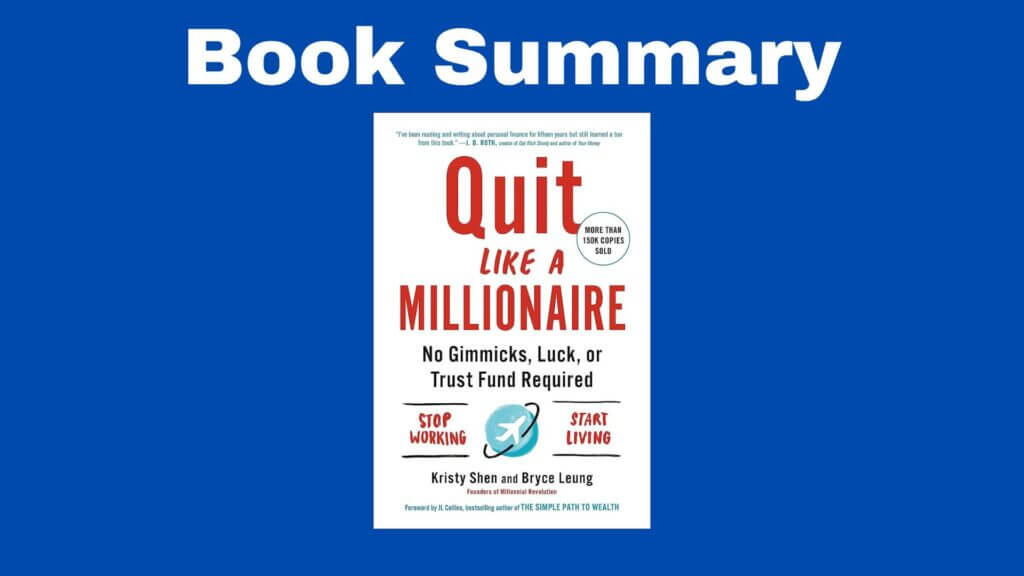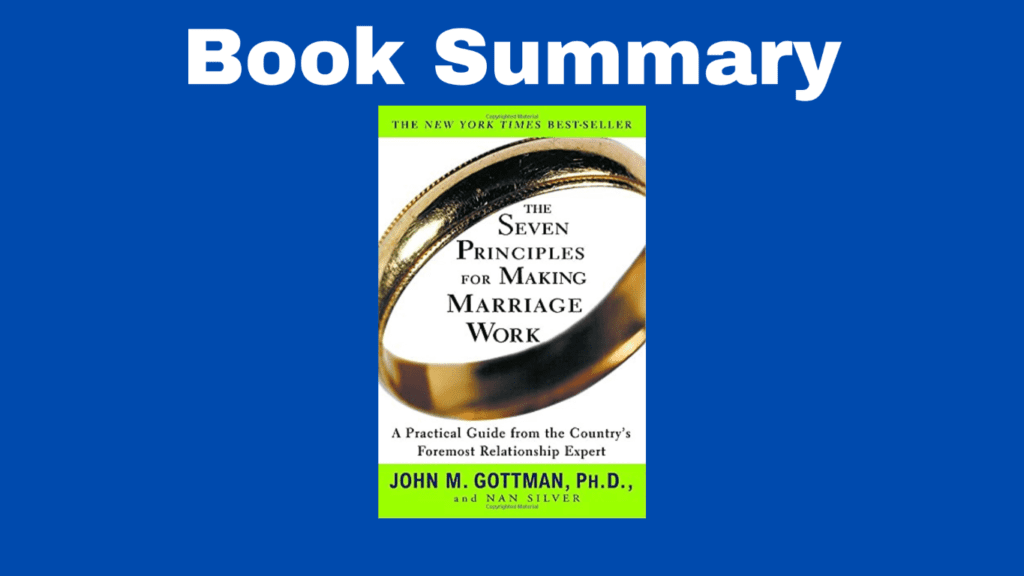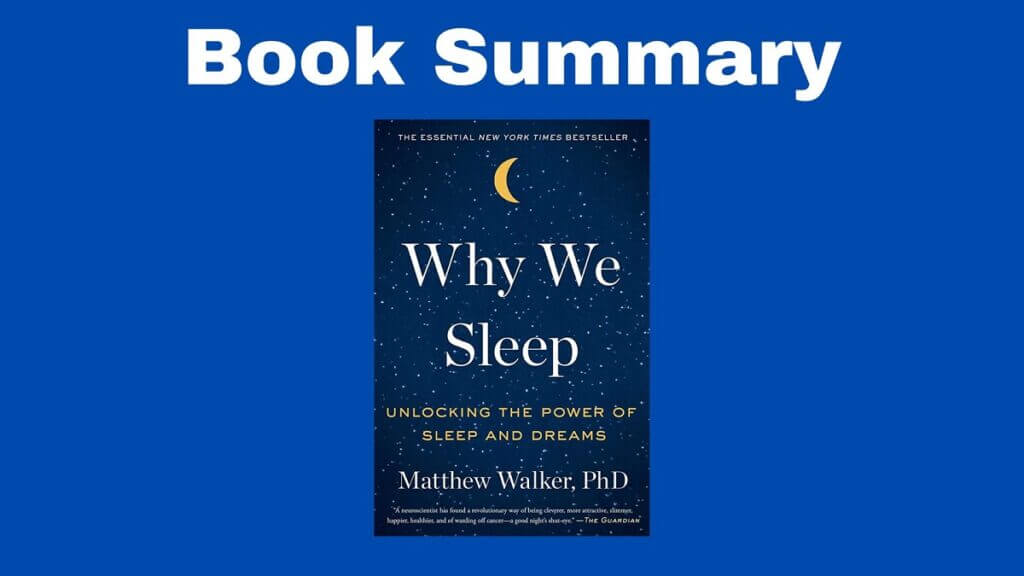The Book in Three Sentences
In this book summary of A World Without Email, you’ll learn to achieve more productivity by getting rid of your inboxes. The author defines the workflow of neverending messages and back-and-forth digital conversations as the hyperactive hive mind. Cal Newport proposes an alternative: focusing on processes that determine how tasks are done and then doing less but better.
A World Without Email Summary
Introduction: The Hyper Active Hive Mind
Working without email can be an asset rather than a liability: you can meet people in person, have long meetings where you really discuss problems, you can have cognitive downtime to do research, and still, find ways to work. But most people resist the idea. The author argues that email negatively impacted productivity, encouraging busyness and slowing economic growth. According to Newport, email broke work, and a lot of people fail to appreciate their ability to concentrate for long periods of time (which is the subject of his hit book, Deep Work). Email creates friction and constant disruptions. Email overload has been a problem since the early 2000s and Newport believes we’ll soon live in a world without email.
When email became popular in the 1980s and 1990s, it was a convenient medium that transformed people’s workflow. But the volume of emails has spiraled out of control since. The author calls this workflow of the ongoing conversation of email and messaging apps, the hyperactive hive mind. Although novel at first, this is an inefficient way of working that reduces productivity and adds friction.
Part 1: The Case Against Email
Chapter 1: Email Reduces Productivity
The unproductive back-and-forth proper of email and messaging apps is common because information work tends to be fragmented. When you switch your attention from one task to another, you achieve a state of “divided attention” which reduces your performance. A lot of people accept the hyperactive hive mind without even considering the alternatives.
Chapter 2: Email Makes Us Miserable
Dealing with email is stressful and this makes people answer faster, but not better. Disconnecting from email and phones makes people more effective and efficient. We need email, but we also have negative feelings about it. When we neglect fact-to-face interactions, we feel anxious. The hyperactive hive mind exposes you to impersonal interactions, and more messages you can keep up with. It’s hard to rationalize not answering those messages because we have evolved to deal with certain social drives. Deep down, letting messages pile up is a matter of life and death to some people because we have evolved to be functioning members of a community. But the problem is that email doesn’t have some of the features proper of face-to-face interactions. To work cooperatively, humans have evolved to understand those traits.
Email represents more work which overwhelms us. Most people are miserable when they think about their overflowing inboxes and this is because everyone sees the problem as unavoidable. To prevent this from happening in the first place, the author suggests replacing the hyperactive hive mind with other workflows where you can still do your job without suffering the miserable experience of dealing with inboxes.
Chapter 3: Email Has a Mind of Its Own
Asynchronous messaging was born out of necessity. In order to communicate with people who were busy when you tried to reach them over the phone, you could send them a message via mail instead. Mail was slow, so electronic mail was born. The purpose of email was to make communication easier, but the medium mutated in such a way that people suddenly started using it to collaborate in a hyperactive hive mind and no one questioned if this new way of working made sense.
Adopting email from work was a rational decision, but moving on to the hive mind approach wasn’t. This happened for three reasons:
- Hive Mind Driver #1: The Hidden Costs of Asynchrony. Email was a fast easy to exchange messages and it was asynchronous. In practice though, that meant a lot of back and forth.
- Hive Mind Driver #2: The Cycle of Responsiveness. The cycle of responsiveness refers to the state of constant communication that becomes the new default.
- Hive Mind Driver #3: The Caveman at the Computer Screen. When humans hunters for survival, they did it alone or in small groups. We’re adapted to work collaboratively in this way. Email, on the other hand, requires you to connect with dozens if not hundreds of people.
Part 2: Principles for a World Without Email
Chapter 4: The Attention Capital Principle
To predict profitability, you have to look at something other than the available resources, it’s about how you use them. The attentional capital principle says that you can improve productivity by identifying workflows that add value to information. Examples include single-tasking or prioritizing.
Knowledge work is the combination of work execution (doing the activities of knowledge work, such as coders coding or writers writing) and workflow (how the aforementioned activities are identifiers, assigned, coordinated, and reviewed). Ideally, a workflow shouldn’t involve an inbox with constant conversations, your workflow should 1) minimize mid-task context switches (such as multitasking, distractions, and interruptions) and 2) minimize communication overload.
Applying the attention capital principle can affect how people you work with in two ways. First, the workflow changes how they execute their work. The author points out a subfield of personality psychology that states that motivation is affected by how much control they have over their success. When you’re an active participant in what you do, you’re motivated. Workers will trust a system if they have a say in it. Second, you change your behavior before you expect others to change their own. Don’t share changes to your workflow openly unless someone asks. As long as you’re reliable and consistent, no one will question your workflow.
Chapter 5: The Process Principle
The process is paramount because it organizes the work. The process principle is about using processes to improve performance and make work satisfying. The focus is on coordinating the work. Two popular systems are scrum and kanban. Scrum is about breaking down the tasks into sprints which means that the team devotes time, energy, and resources to an update before moving on to the next one. Kanban involves a series of phases a task goes through until you mark it as complete. Task boards are an effective way to coordinate collaborative work. With that in mind, the author suggests a series of practices to make task boards.
- Individual Practice Board #1: Use More Than One Board. Use a board for each role or kind of work you’re in charge of or a large project. Newport suggests one board per role.
- Individual Practice Board #2: Schedule Regular Solo Review Meetings. Set a time every week to review your boards. This should take five to ten minutes.
- Individual Practice Board #3: Add a “To Discuss Column”. When you need input from others, label a task as “discuss at next meeting”
- Individual Practice Board #4: Add a “Waiting to Hear Back” Column. When you’re waiting for feedback on a task, place it under the “waiting to hear back” column.
Chapter 6: The Protocol Principle
Claude Shannon’s master’s thesis established the information theory, a framework that stated that by adding complexity to the rules that structure our communication, we reduce the amount of information to interact. This means that, by determining a series of rules, we need less effort and work efficiently. Some rules are implicit, for example, the way in which certain companies deal with a problem is by initiating an email conversation. The author calls the collection of rules an institution or company uses, coordination protocols. Using one protocol over the other comes at a cost (the attention it requires and how inconvenient it is).
The protocol principle is about designing rules to determine when and how coordination happens in the workplace. It’s demanding in the short term but enhances productivity in the long term. Examples include scheduling meetings via email, using a virtual assistant, and using a polling service such as Doodle.
Chapter 7: The Specialization Principle
Back when computers were invented, the workers who used them felt autonomous, in control, powerful, and productive. By the end of the 1980s, problems started appearing and by the early 1990s, computers weren’t improving people’s lives in the ways the research had anticipated. The problem in some cases is that instead of working on what they do best, competent knowledge workers spend too much time using convoluted systems, setting up meetings, filling out forms, struggling with software, and dealing with email.
The specialization principle states that to be more productive in the knowledge sector, you have to work on fewer things of better quality. This is the idea of doing less, but better.
- Work Reduction Strategy #1:Outsource What You Don’t Do Well. Outsource the time-consuming tasks you don’t do well. Doing these kinds of activities slows you down.
- Work Reduction Strategy #2: Trade Accountability for Autonomy. This means becoming accountable for what you create in order to get the freedom to choose, spend more time on high-value activities, and ignore low-value ones.
As a productivity hack, work on one objective at a time without distractions until it’s done. In software development, people refer to these as sprints. As part of this process, there are no calendar invites, meetings, or daily planning. In the book Sprint, authors Jake Knapp and Braden Kowitz detail how this works:
- Day One: determine the problem you’re trying to solve
- Day Two: detail some possible solutions
- Day Three: determine which solution you want to explore
- Day Four: test the hypothesis
- Day Five: put clients in front of the prototype and get feedback
Conclusion: The Twenty-First Century Moonshot
As a new medium, technology doesn’t add anything yet it changes everything. This is also the case with email, a transformative technology that started a workflow of neverending, unstructured, and impersonal messages. This is what the author refers to as the hyperactive hive mind. The main resource in knowledge work is people’s brains (or their ability to focus, process, and produce valuable information) and capitalizing on it. Yet the hyperactive hive mind is an easy and flexible alternative despite producing poor results. Think of a world without email, you can live in one.
Further Reading
If you enjoyed this summary of A World Without Email, you may also like:




